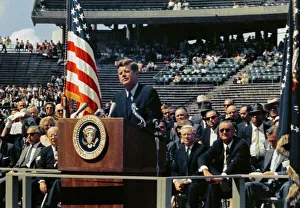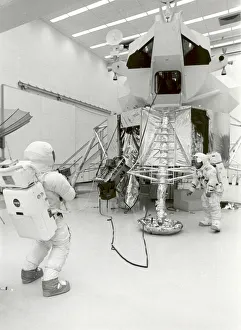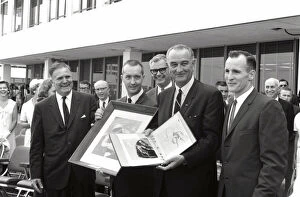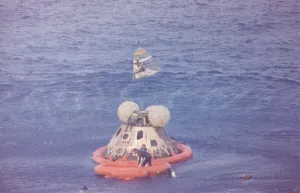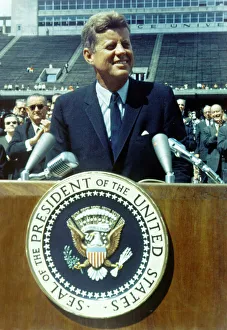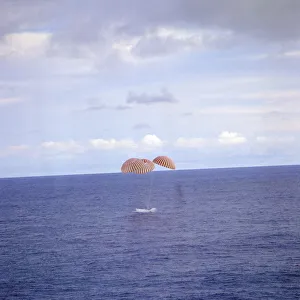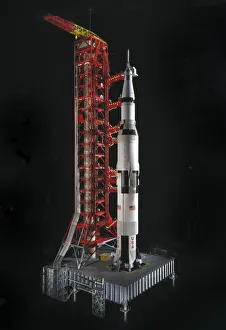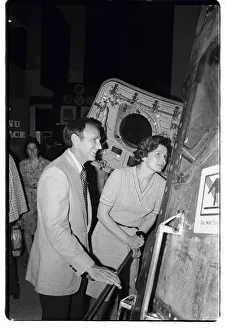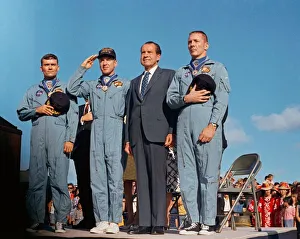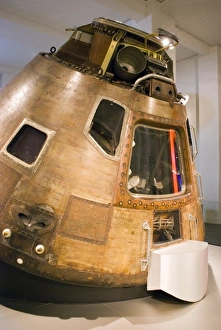Apollo Programme Collection
"In September 1962, President Kennedy's historic "We choose to go to the Moon" speech at Rice University ignited the Apollo Program
All Professionally Made to Order for Quick Shipping
"In September 1962, President Kennedy's historic "We choose to go to the Moon" speech at Rice University ignited the Apollo Program, a national mission to land a man on the lunar surface. Over the next decade, NASA's tireless efforts brought the Saturn V rocket to life, with astronauts practicing moonwalks at the Kennedy Space Center and enduring the challenges of space during the Apollo 13 mission. Through perseverance and innovation, the Apollo 13 crew safely returned to Earth in 1970, joining the ranks of astronauts who had already walked on the moon. The world watched in awe as President Johnson congratulated the astronauts, and the Apollo Project's flight simulator prepared future explorers for the journey. Even the Russians, represented by cosmonaut Valentina Tereshkova, marveled at the American achievement. The splashdown of Apollo 13 marked the end of an era, leaving us with a legacy of innovation and exploration that continues to inspire us today.

